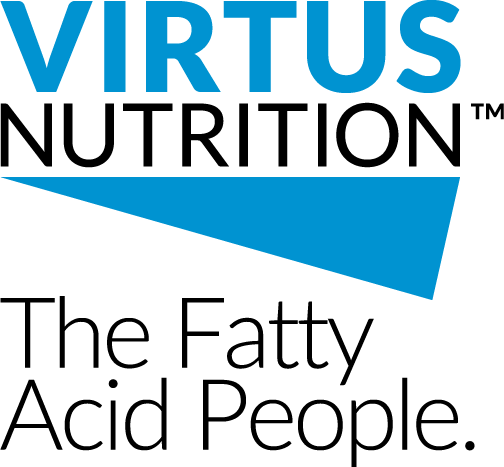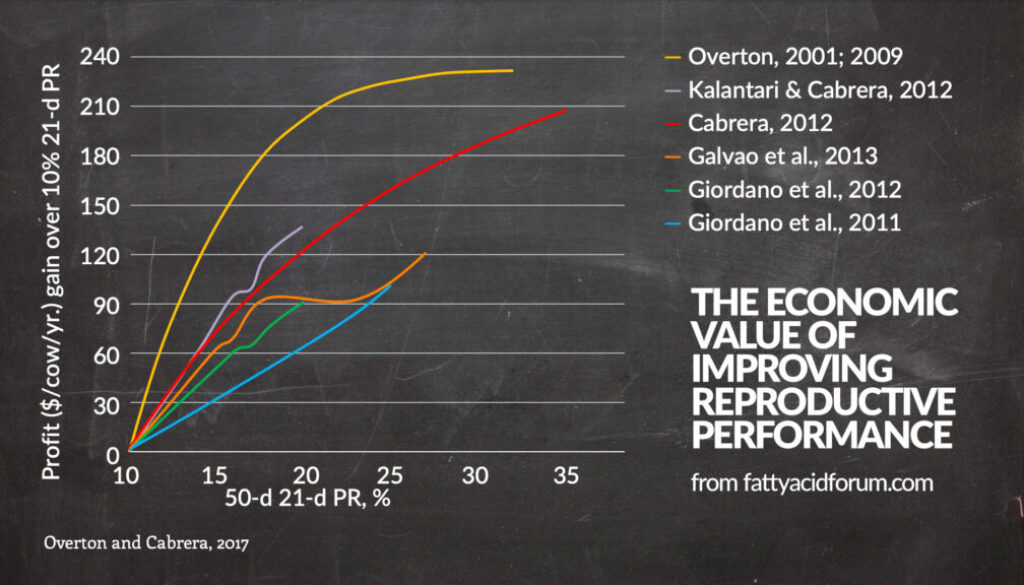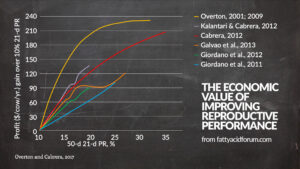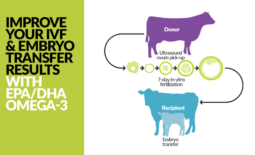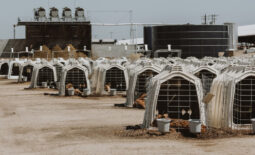Dissecting Pregnancy Rate: What Does Your Number Really Mean?
While a 20% pregnancy rate was once the standard goal, that is not the case today. With recent advancements in reproductive protocols, genetics and nutrition, the top fertility herds are achieving pregnancy rates at 35% or more. Given all the changes to reproductive management, does 21-day pregnancy rate have the same meaning today and is it still a good metric to assess reproductive efficiency? Let’s dig into some of the key management decisions that affect preg rate to answer that question.
Voluntary Wait Periods
What is your herd’s Voluntary Wait Period (VWP) and is the VWP the same across lactation groups?
If you’ve implemented an aggressive sync program (double-OV or other) during the past several years and moved your VWP out to 70 or 80 DIM, you know the impact that can have on improving preg rate. But what if you do not see a significant increase in conception rate as you make these changes? This is a classic ‘chicken and egg’ conversation…while moving the VWP out can help improve conception rates, you also need strong conception rates to wait until 80 DIM to start breeding animals. Otherwise, you end up with too many cows that got pregnant late…driving down feed efficiency and overall herd performance.
Herds have also implemented different VWPs by lactation number by increasing the VWP to 80-90 DIM for the more persistent first lactation animals. If the herd VWP is set at 60 DIM, but the heifers are at 80 DIM, the heifers have essentially missed one 21-day eligibility period which will lower the herd PR. Evaluating PR by parity will provide a much more accurate value of the herds reproductive efficiency.
Do Not Breeds
When are animals coded as “Do Not Breed” (DNB) and what percent of the herd ends up being designated DNB?
If cows are coded DNB prior or at the time of being eligible, these animals will not be included in the PR calculation and will provide you with a correct PR value. However, if you breed the animal twice before deciding to classify her as DNB, the PR value will be skewed…why? Every time an animal is bred during her 21-day eligibility and is not confirmed pregnant, this will lower PR. If the animal is bred several times and then coded DNB, she will be removed from the cows eligible to breed, thus artificially increasing the overall PR (but, the PR is lower). Therefore, two herds that have the same 35% PR may not have equal reproductive performance. A herd that codes cows DNB after breeding them several times and has a high number of cows coded DNB (<10%), their actual PR is much lower than other herds that code cows DNB prior to VWP and code fewer cows DNB (<7%). The percent of cows being coded DNB should be range 5 to 10%.
Aborts
How are cows that experience embryonic aborts coded?
If cows are bred and confirmed pregnant, but then suffer early embryonic mortality, she will count in the PR value. However, if the animal is coded as fresh after losing her calf, she will be removed from the PR calculation until eligibility is returned. Coding her fresh would make sense if the abortion occurred later in gestation, but at 40-60 days carried calf, she would just be considered open, lowering the PR.
While 21-day pregnancy rate continues to be a strong metric for assessing reproductive performance, % pregnant at 150 DIM has become useful as an adjunct metric to look at whole herd reproductive efficiency. This metric is not influenced by VWP and/or how DNBs are managed…removing some of the biases that make preg rate difficult to compare across herds or over time. The minimum goal should be 75% of the herd pregnant by 150 DIM, with top performing herds at 80-90%. Having your herd achieve these targets allows for an optimal DIM of 160-170, thus maximizing peak days.
Instead of focusing solely on your Pregnancy Rate value, dig a few layers deeper to better understand how the dairy’s reproductive practices are affecting the result, and consider adding % pregnant at 150 DIM to keep the whole-herd’s fertility picture in sight.
